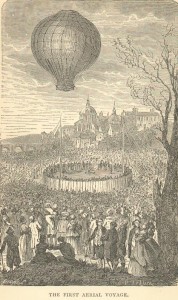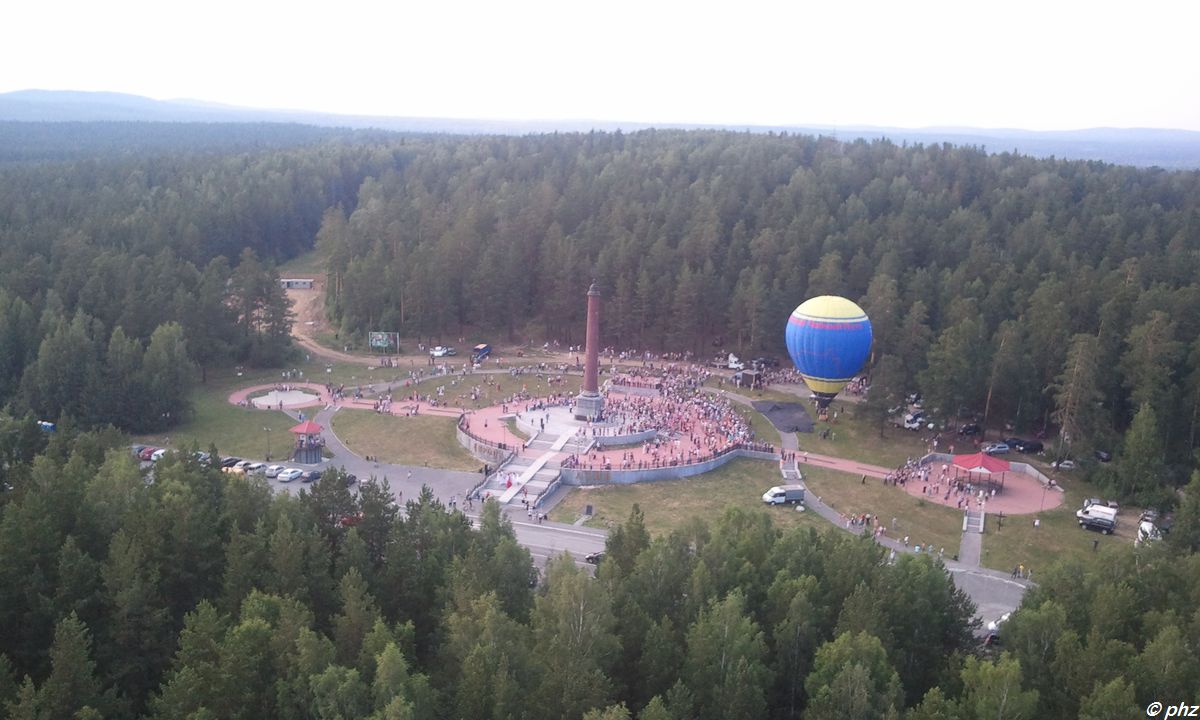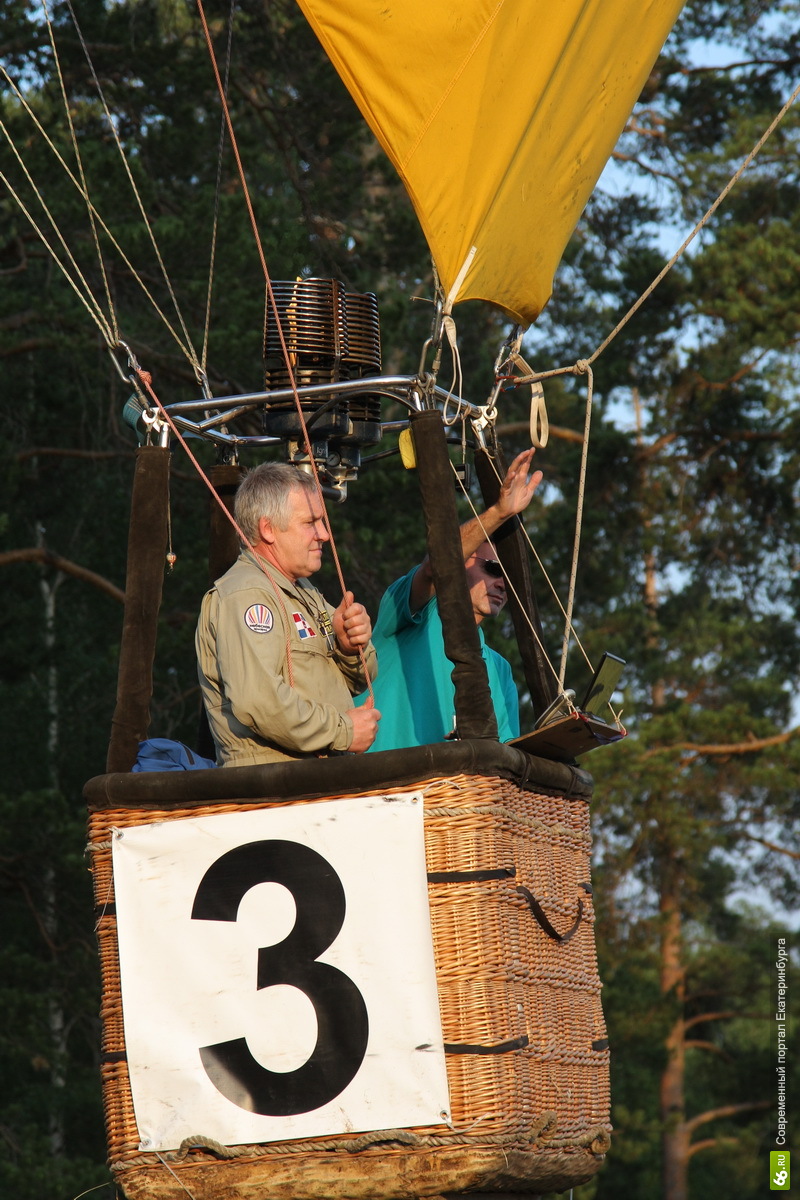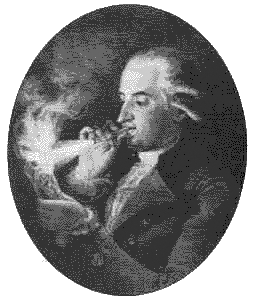
The First Aerial Voyage
“The title of our introduction to aeronautics may appear ambitious to astronomers, and to those who know that the infinite space we call the heavens is for ever inaccessible to travellers from the earth; but it was not so considered by those who witnessed the ardent enthusiasm evoked at the ascension of the first balloon. No discovery, in the whole range of history, has elicited an equal degree of applause and admiration—never has the genius of man won a triumph which at first blush seemed more glorious. The mathematical and physical sciences had in aeronautics achieved apparently their greatest honours, and inaugurated a new era in the progress of knowledge. After having subjected the earth to their power; after having made the waves of the sea stoop in submission under the keels of their ships; after having caught the lightning of heaven and made it subservient to the ordinary purposes of life, the genius of man undertook to conquer the regions of the air. Imagination, intoxicated with past successes, could descry no limit to human power; the gates of the infinite seemed to be swinging back before man’s advancing step, and the last was believed to be the greatest of his achievements.

Balloon of the Marquis D’Arlandes
In order to comprehend the frenzy of the enthusiasm which the first aeronautic triumphs called forth, it is necessary to recall the appearance of Montgolfier at Versailles, on the 19th of September, 1783, before Louis XVI, or of the earliest aeronauts at the Tuileries. Paris hailed the first of these men with the greatest acclaim, “and then, as now,” says a French writer, “the voice of Paris gave the cue to France, and France to the world!” Nobles and artisans, scientific men and badauds, great and small, were moved with one universal impulse. In the streets the praises of the balloon were sung; in the libraries models of it abounded; and in the salons the one universal topic was the great “machine.” In anticipation, the poet delighted himself with bird’s-eye views of the scenery of strange countries; the prisoner mused on what might be a new way of escape; the physicist visited the laboratory in which the lightning and the meteors were manufactured; the geometrician beheld the plans of cities and the outlines of kingdoms; the general discovered the position of the enemy or rained shells on the besieged town; the police beheld a new mode in which to carry on the secret service; Hope heralded a new conquest from the domain of nature, and the historian registered a new chapter in the annals of human knowledge.”

The Destruction of Charles’s Balloon

 August 17, 1859 John Wise flew from Lafayette, Indiana, to Crawfordsville, Indiana, and carried 123 letters and 23 circulars on board that had been collected by the postmaster Thomas Wood and endorsed “PREPAID” but only one of these historic postal covers was discovered in 1957.
August 17, 1859 John Wise flew from Lafayette, Indiana, to Crawfordsville, Indiana, and carried 123 letters and 23 circulars on board that had been collected by the postmaster Thomas Wood and endorsed “PREPAID” but only one of these historic postal covers was discovered in 1957.







 With the successful demonstration at Versailles, and again in collaboration with Réveillon, Étienne started construction of a 60,000-cubic-foot (1,700 m3) balloon for the purpose of making flights with humans. The balloon was about seventy-five feet tall and about fifty feet in diameter. It had rich decorative touches supplied by Réveillon. The color scheme was gold figures on a deep blue background. Fleur-de-lis, signs of the zodiac, and suns with Louis XVI’s face in the center interlaced with the royal monogram in the central section graced the majestic machine. Red and blue drapery and golden eagles were at the base of the balloon. It is fitting that Étienne Montgolfier was the first human to lift off the earth, making at least one tethered flight from the yard of the Réveillon workshop in the Faubourg Saint-Antoine. It was most likely on October 15, 1783. A little while later on that same day, Pilâtre de Rozier became the second to ascend into the air, to an altitude of 80 feet (24 m), which was the length of the tether.
With the successful demonstration at Versailles, and again in collaboration with Réveillon, Étienne started construction of a 60,000-cubic-foot (1,700 m3) balloon for the purpose of making flights with humans. The balloon was about seventy-five feet tall and about fifty feet in diameter. It had rich decorative touches supplied by Réveillon. The color scheme was gold figures on a deep blue background. Fleur-de-lis, signs of the zodiac, and suns with Louis XVI’s face in the center interlaced with the royal monogram in the central section graced the majestic machine. Red and blue drapery and golden eagles were at the base of the balloon. It is fitting that Étienne Montgolfier was the first human to lift off the earth, making at least one tethered flight from the yard of the Réveillon workshop in the Faubourg Saint-Antoine. It was most likely on October 15, 1783. A little while later on that same day, Pilâtre de Rozier became the second to ascend into the air, to an altitude of 80 feet (24 m), which was the length of the tether. On 21th November 1783, the first free flight by humans was made by Pilâtre, together with an army officer, the marquis d’Arlandes. The flight began from the grounds of the Château de la Muette (close to the Bois de Boulogne (park)) in the western outskirts of Paris. They flew aloft about 3,000 feet (910 m) above Paris for a distance of nine kilometres. After 25 minutes, the machine landed between the windmills, outside the city ramparts, on the Butte-aux-Cailles. Enough fuel remained on board at the end of the flight to have allowed the balloon to fly four to five times as far. However, burning embers from the fire were scorching the balloon fabric and had to be daubed out with sponges. As it appeared it could destroy the balloon, Pilâtre took off his coat to stop the fire.
On 21th November 1783, the first free flight by humans was made by Pilâtre, together with an army officer, the marquis d’Arlandes. The flight began from the grounds of the Château de la Muette (close to the Bois de Boulogne (park)) in the western outskirts of Paris. They flew aloft about 3,000 feet (910 m) above Paris for a distance of nine kilometres. After 25 minutes, the machine landed between the windmills, outside the city ramparts, on the Butte-aux-Cailles. Enough fuel remained on board at the end of the flight to have allowed the balloon to fly four to five times as far. However, burning embers from the fire were scorching the balloon fabric and had to be daubed out with sponges. As it appeared it could destroy the balloon, Pilâtre took off his coat to stop the fire.
 You may find here few links for photo collections from the 1st FAI Junior Hot Air Balloon Championship.
You may find here few links for photo collections from the 1st FAI Junior Hot Air Balloon Championship. 1. Rokas Kostiuskevicius LTU
1. Rokas Kostiuskevicius LTU

